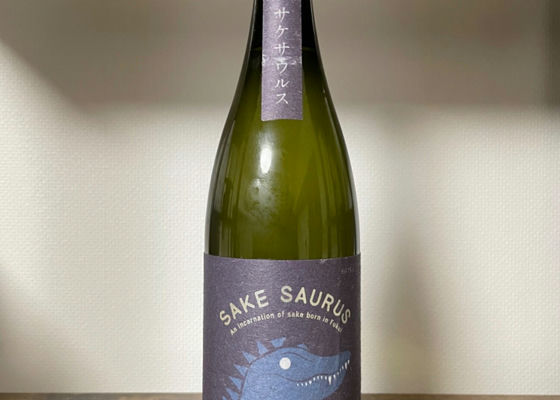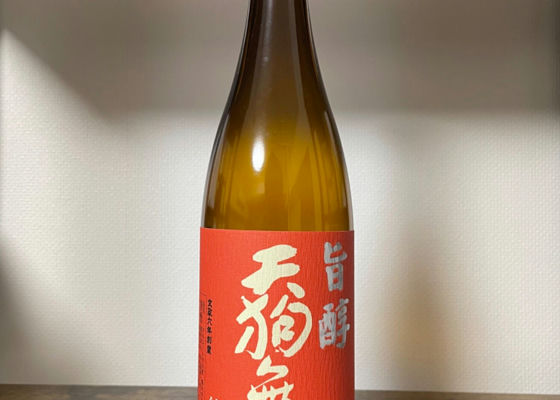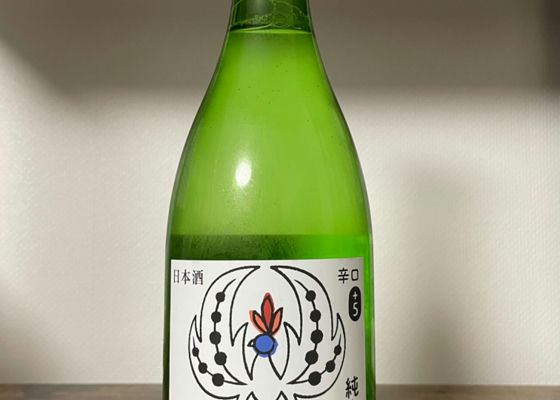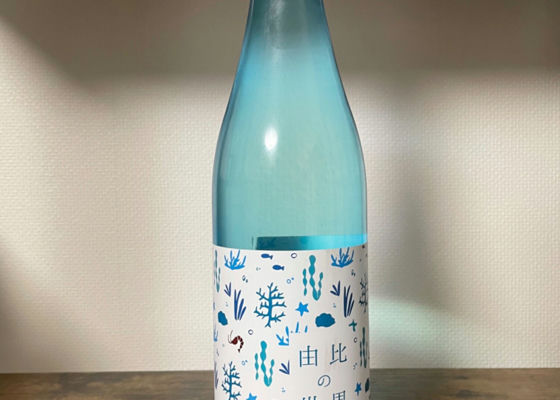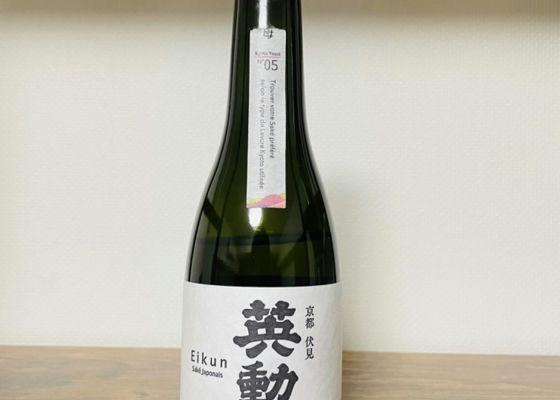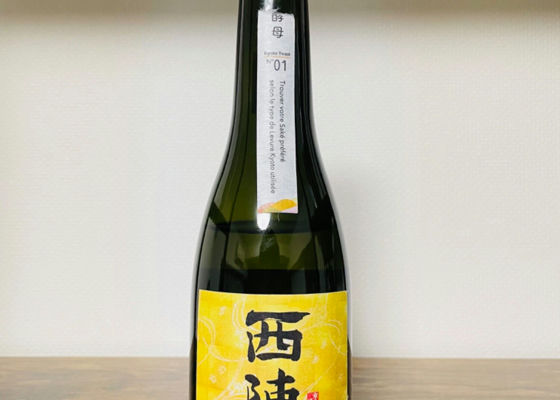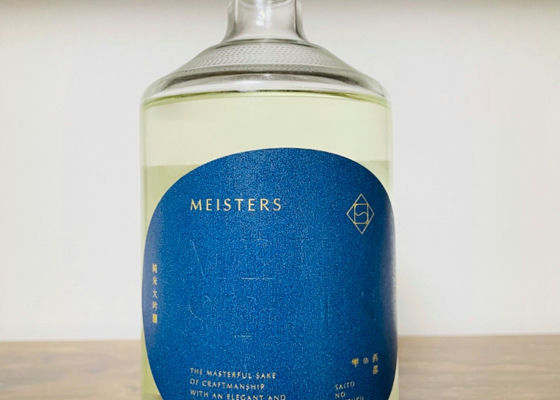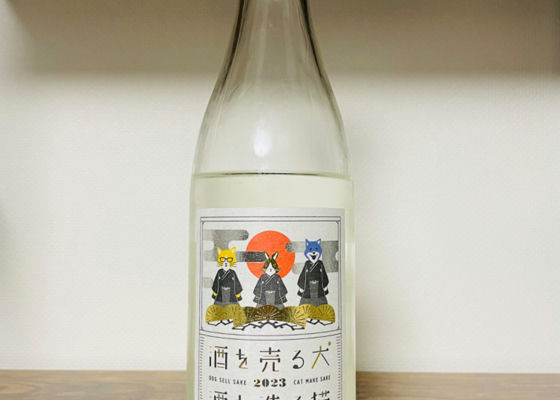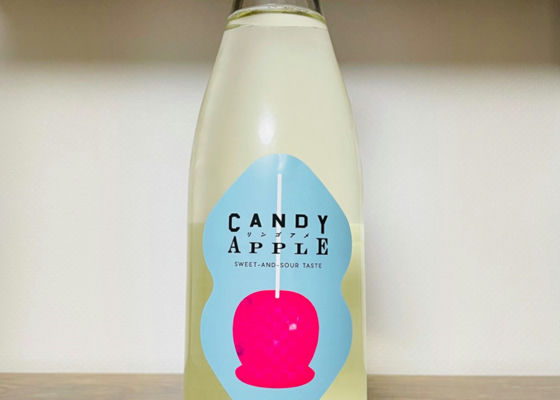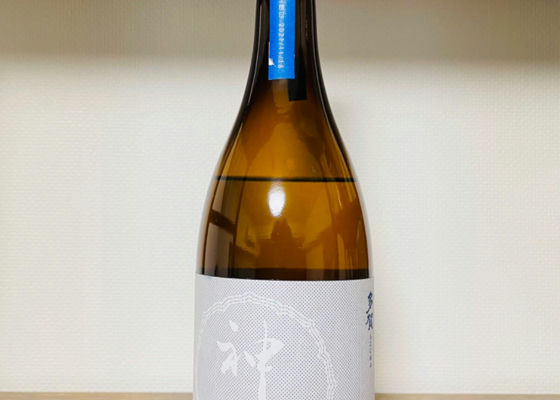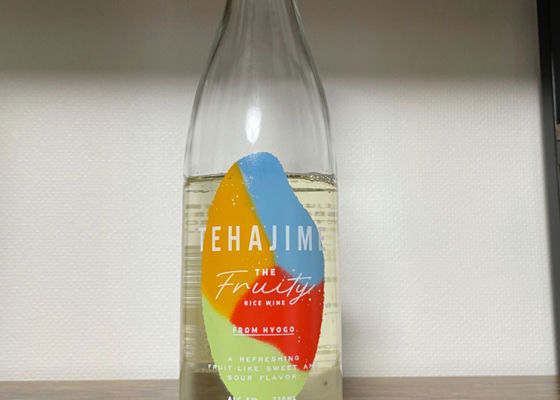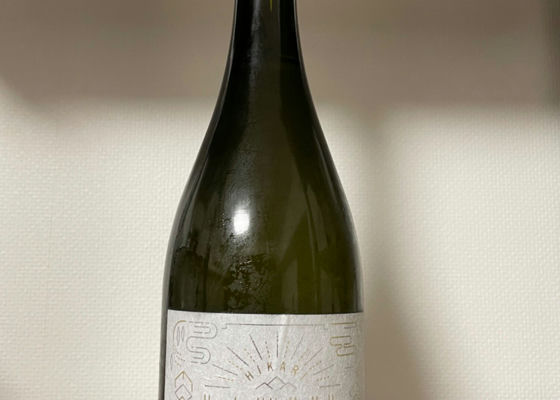
酒呑ノ鳥居
Unique sparkling sake brewed by Shirasugi Shuzo, the only sake brewery in Japan dedicated to edible rice.
45% 🌾 (100% Koshihikari rice)
When the cork is opened, it makes a nice popping sound, and the white steam that rises up, this is sparkling.
The slightly thickened liquid is slightly cloudy and white, with what appears to be rice shavings floating in the cloudy liquid. I wonder what kind of method was used to heat sterilize it. It looks like it would be clogged up on the day it is filtered.
The freshness of muscat-like flavor and the bitterness of buttery caramel. It is quite strange that these two opposing flavors can be found at the same time.
Even though I usually avoid sparkling wine, I found this wine interesting (sorry for my supercilious attitude).
Here's to the possibilities of edible rice 🍻.
Japanese>English
